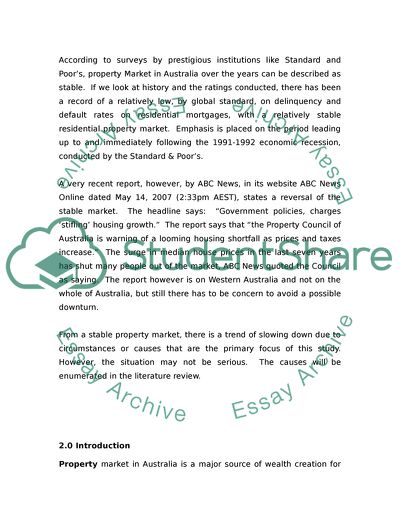Cite this document
(Analysing the Impact of Taxes and Other Influencing Factors on Housing Research Proposal, n.d.)
Analysing the Impact of Taxes and Other Influencing Factors on Housing Research Proposal. https://studentshare.org/macro-microeconomics/1707754-research-proposal-for-ming-yang
Analysing the Impact of Taxes and Other Influencing Factors on Housing Research Proposal. https://studentshare.org/macro-microeconomics/1707754-research-proposal-for-ming-yang
(Analysing the Impact of Taxes and Other Influencing Factors on Housing Research Proposal)
Analysing the Impact of Taxes and Other Influencing Factors on Housing Research Proposal. https://studentshare.org/macro-microeconomics/1707754-research-proposal-for-ming-yang.
Analysing the Impact of Taxes and Other Influencing Factors on Housing Research Proposal. https://studentshare.org/macro-microeconomics/1707754-research-proposal-for-ming-yang.
“Analysing the Impact of Taxes and Other Influencing Factors on Housing Research Proposal”. https://studentshare.org/macro-microeconomics/1707754-research-proposal-for-ming-yang.


